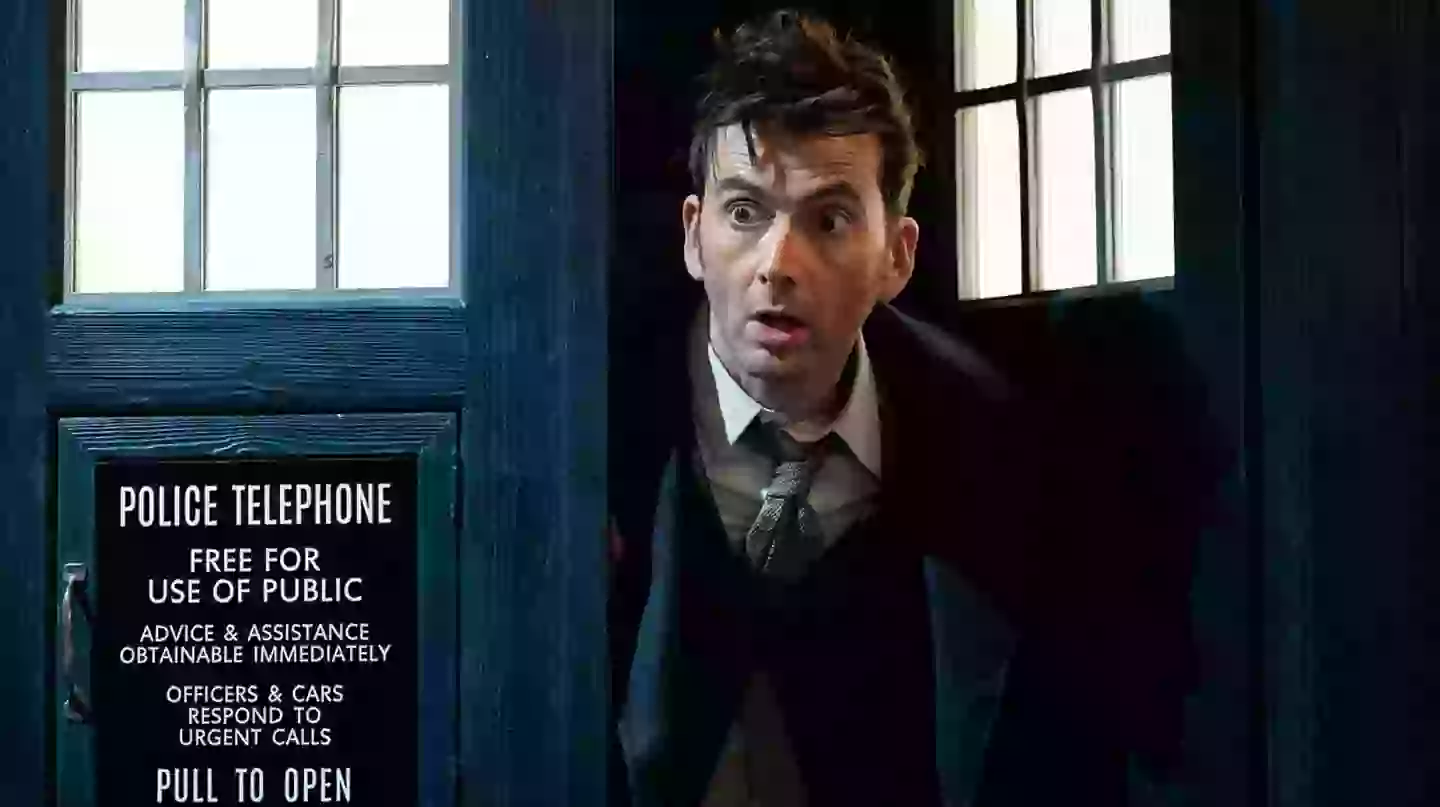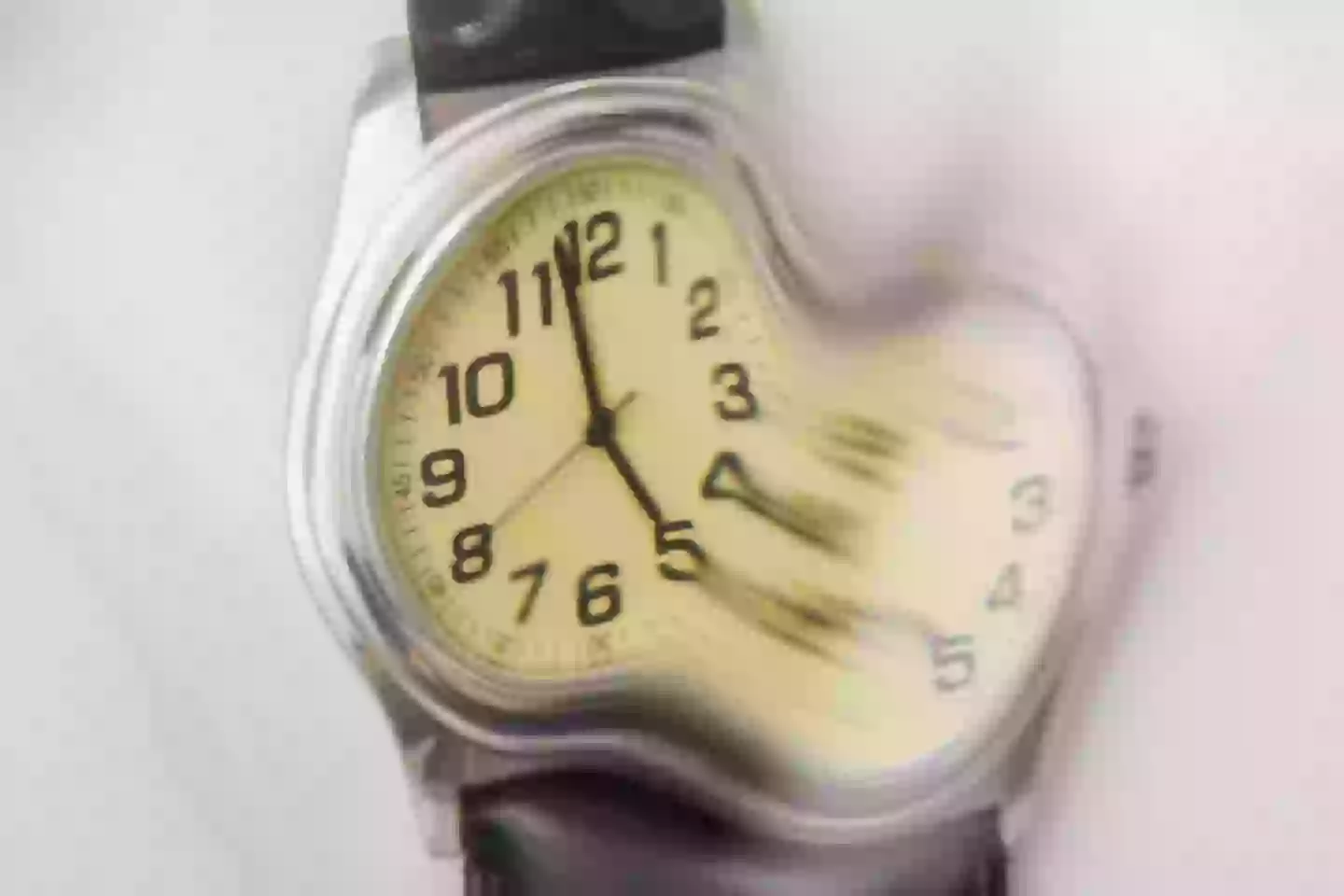
From classical literature to modern blockbuster films, time travel has been a theory which has captivated us for generations.
From the pimped out DeLorean in Back to the Future, Doctor Who's TARDIS or even the more science grounded ideas like Interstellar's wormholes, time travel in popular culture has always consisted of a group of people blasting hundreds of years into the past or future thanks to some sort of supernatural object.
For years the idea of time travel has been brushed off as completely fictional — until now, as scientists believe that it may theoretically be possible after all.
Advert
Just perhaps not in the way you're currently imagining it.
Is time travel actually possible?
It would seem the answer may be yes after all, but don't pack your bags with the intention of seeing our distant future or past just yet.

Unfortunately real life is much less exciting than a Hollywood movie or cult sci-fi series, with the closest possibility for time travel showing a rather disappointing lack of time turners or the mythical stones from Outlander.
Advert
In reality, the closest thing we have to time travel is much more scientific, less exciting and involves a load of theoretical physics.
According to NASA, everyone is currently travelling 'in time' at a rate of one second per second, which means that should someone be able to travel faster than one second per second they would technically be time travelling.
How to time travel in real life
The initial arguments for real life time travel can be traced back to Albert Einstein's 1905 formulation of special relativity.
An extremely simplified (and we really do mean extremely simplified) version of Einstein's argument states the speed in which time passes depends on both your surroundings and the speed you're travelling at, with the faster you travel, the slower you experience time.
Advert

This theory would later be tested by scientists Joseph Hafele and Richard Keating, who looked for a way to prove that time dilation - a difference in elapsed time on two different clocks - in 1971.
In order to conduct the experiment, the pair loaded four ultra-precise atomic clocks onto two different aeroplanes flying in different directions.
The clocks were then compared to another one on the ground, with those onboard the flight going against the Earth's rotation losing about 59 nanoseconds of time compared to the clocks on Earth.
Meanwhile, the clocks onboard the flight travelling with the Earth's rotation was moving quicker than both, gaining around 273 nanoseconds, meaning they essentially experienced time travel.
This theory can also be applied to astronauts who spend extended periods of time onboard the International Space Station, with US astronaut Scott Kelly returning to Earth slightly younger than his twin Mark due to the speed at which he was moving in orbit.
Advert
Look, we did warn you that real life time travel wouldn't be as exciting as it films in film and TV.
Topics: Science, Technology, Space